Mediterranean pond turtle
Mauremys leprosa
Various species of amphibians, reptiles and mammals live in rivers and wetland areas. Some depend only on the aquatic environment to ensure the growth of their larvae, like salamanders and toads. Other amphibians, like newts and toads also live in the water year-round. Many species feed in water and in have found it to be the perfect breeding environment, such as the pond turtle, the viperine water snake and the otter. A large number of land animals also come to the river in search of food, shelter, or a place to breed: genets, foxes, slow-worms, grass snakes and Daubenton’s bats, among many others.
Mediterranean pond turtle
Mauremys leprosa
Viperine water snake
Natrix maura
Salamander
Salamandra salamandra
Pyrenean newt
Calotriton asper
Southern water vole
Arvicola sapidus
Pyrenean desman
Galemys pyrenaicus
Eurasion water shrew
Neomis fodiens

Common otter
Lutra lutra

Daubenton’s bat
Myotis daubentonii
Long-fingered bat
Myotis capaccinii
Common frog
Rana temporaria

European pond turtle
Emys orbiculata
Iberian waterfrog
Pelophylax perezi
Common midwife toad
Alytes obstetricans
Natterjack toad
Bufo calamita
Iberian spadefoot toad
Pelobates cultripes
Common parsley frog
Pelodytes punctatus
Iberian ribbed newt
Pleurodels waltl
Marbled newt
Triturus marmoratus
Palmate newt
Lissotriton helveticus
Grass snake
Natrix natrix
European asp
Vipera aspis
Montpellier snake
Malpolon monspessulanus
Slow-worm
Anguis fragilis
Common genet
Genetta genetta
Beech marten
Martes foina
Fox
Vulpes vulpes
Badger
Meles meles
Wood mouse
Apodemus slvaticus
Algerian mouse
Mus spretus
Common shrew
Crocidura russula
Bank vole
Myodes glareolus
Wild boar
Sus scrofa
Brown rat
Rattus norvegicus
Mediterranean tree frog
Hyla meridionalis
Common toad
Bufo bufo

Common otter
Lutra lutra
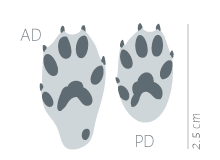
American mink
Neovison vison
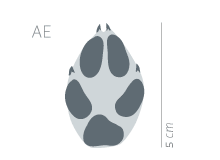
Fox
Vulpes vulpes
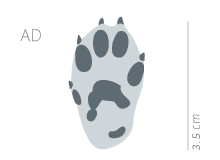
Beech marten
Martes foina

Common genet
Genetta genetta

Badger
Meles meles
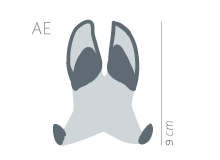
Wild boar
Sus scrofa
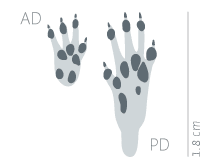
Brown rat
Rattus norvegicus
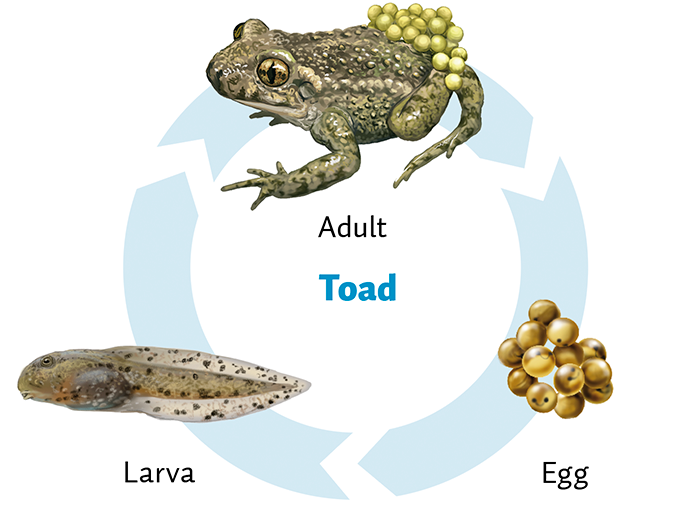

Mediterranean pond turtle
Mauremys leprosa

Tritó del Montseny
Calotriton arnoldi
An increasing number of non-native species are being found in our rivers as a direct and indirect result of human actions.

American mink
Neovison vison
Present in Catalonia since the early 1980s after escaping from two fur farms in the Osona region. It now lives throughout Catalonia.
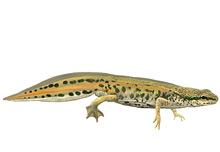
Iberian newt
Triturus boscai
This animal, although common in the Iberian Peninsula, is not a native species of Catalonia, although it may be found in El Pla de la Calma, on the Montseny massif.
Mediterranean painted frog
Discoglossus pictus
Originally from North Africa, it is believed to have arrived on a boat in the Rosselló region of France, and from there it crossed the border over the Pyrenean hills of the Serra de l’Albera. It has now spread as far south as the Llobregat Delta (Barcelona).

Pond terrapin
Trachemys scripta
The large-scale commerce and the release of pet terrapins into the wild has encouraged the spread of this species throughout Catalonia. It adapts easily and breeds prolifically.
Illustrations: © Toni Llobet